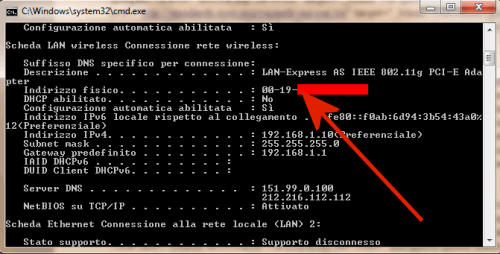
How to get your local IP address with Ipconfig equivalent for Mac OS X
Ipconfig Mac – Just like you you can open command prompt in Windows and hit “ipconfig” to get your local LAN/WLAN IP address, you have the same option on a Mac in OS X with the command “ifconfig”.
Simply open up the terminal, eg. by pressing cmd+space and typing “terminal”.
Then type “ifconfig” and hit enter.
Ipconfig Command For Mac
How to get your local IP address from System Preferences
Search 'Command Prompt' in the taskbar, or if you have an older version of Windows, you can right-click on the Start button and select Command Prompt from the menu. Type in ipconfig /all.
Mac Command Ipconfig
- What is the IPCONFIG command for MAC OSX? As OSX is based on UNIX you need to type in the following command from a terminal prompt. This has been tested on: OSX Mavericks, Yosemite, EL Capitan. This command should also work for other versions of OSX.
- This can be used to get mac address for remote computers also. Below are few examples on how to use this command. It works on XP, Vista, Windows 7, Server 2003 and Server 2008 operating systems. Get mac addresses from CMD. Just run the command getmac to get the mac.
- Ipconfig command This is one of the most useful IP commands on Windows. It displays tons of useful information about the current network settings on the machine such as IPv4 and IPv6 address of all network interface cards (Ethernet adapters, WiFi adapters, virtual network adapters etc), MAC address, default gateway, subnet mask, DNS server.
- When Terminal has launched, type the following command: ipconfig getifaddr en0 (to find your IP address if you are connected to a wireless network) or ipconfig getifaddr en1 (if you are connected to an Ethernet). If you are using Mac OS X, the command ipconfig grep inet displays detailed information about your computer signification in the.
Ipconfig Not Working Windows 10
Another option to get your local IP address on a Mac is to click the Apple logo in the taskbar, then click “System Preferences”, type “Network” and hit enter. This will open up a graphical view, which shows you your local IP address as illustrated:
